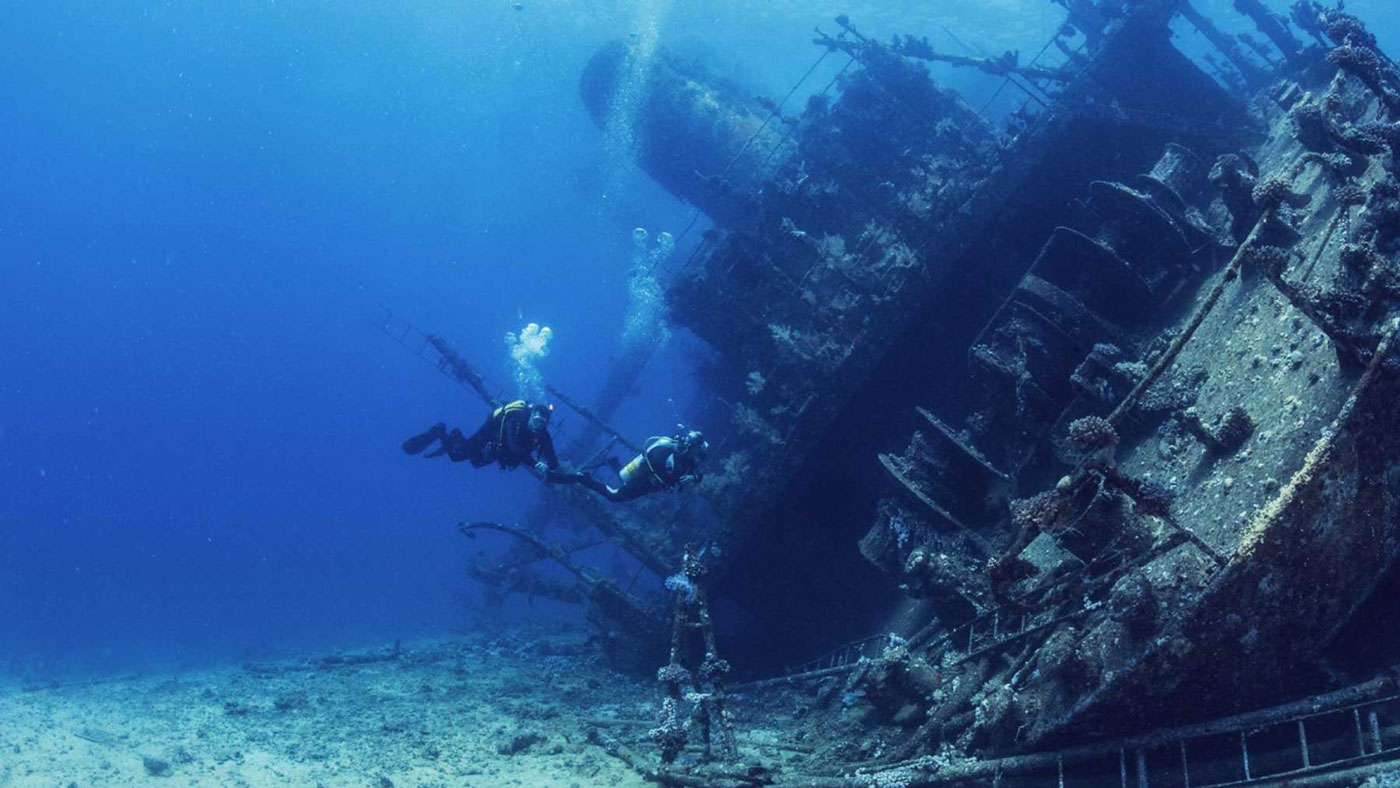5 recommended padi specialties that you should consider for your Master Scuba Diver qualification.
The Master Scuba Diver certificate is the black belt of recreational scuba diving. It sets you apart from other divers as one who has put in the hard work and attained a peak level of experience. So let’s have a look at 5 recommended specialties that you could take to achieve it.
The PADI Deep specialty trains you in deep diving up to a maximum depth of 40 metres. You will learn theory related to avoiding decompression sickness, nitrogen narcosis and how it affects your thinking at deeper depths, and safe ascents. It’s a fantastic course to experience soft coral, rock and wreck ecosystems too deep for most divers. If you’ve earned the PADI Adventure Diver rating or higher, and you’re at least 15 years old, you can enroll in the Deep Diver course.
This is an essential specialty for finding your way around dive sites underwater. You’ll learn how effectively use a compass by swimming patterns such as triangle and square, how to navigate around large obstacles and how to allow for current when navigating. You’ll also learn how to accurately measure distance underwater and how to use natural features of a dive site to return to a specific place such as the entry point. This is an important skill to have when diving with less experienced divers in buddy pairs. If you’re a PADI (Junior) Open Water Diver who is at least 10 years old, you can enroll in the PADI Underwater Navigator Specialty course.
Search and Recovery teaches a diver all about search patterns and how to use a lift bag to safely bring heavier items to the surface. Search patterns include U-shaped, circular, expanding U-shape, jackstay, and expanding square. Learning how to safely rig a lift bag, including how to tie 3 particular knots critical to scuba diving, and how to lift the object to the surface without losing control of it is the final part of the course. You will practice doing this several times following a variety of search patterns.
You’ve probably been wreck diving many times and heard stories of extreme wreck penetration. Wreck spec will show you exactly how to do this safely, without reducing visibility to zero and what to do if that happens. Having descended to the wreck, you will add that distance to the distance you go inside the wreck up to a maximum of 40 metres. Part of the course includes how to navigate the outside of the wreck, locate the exit point (usually an ascent line), and safety procedures. If you’re at least 15 years old and have earned a PADI Adventure Diver certification or higher, you can enroll in the Wreck Diver Specialty course.
This popular spec. teaches you how to safely analyse a scuba tank for the percentage of oxygen and nitrogen inside it. Divers who go on liveaboards or do a lot of diving over a short period of time often use nitrox to limit their exposure to nitrogen, and in this way your dive computer allows you more time at depth than would otherwise be the case. Training includes how to set up and use an enriched air dive computer and how to limit your oxygen exposure to avoid oxygen toxicity. If you’re a PADI (Junior) Open Water Diver who is at least 12 years old, you can enroll in the Enriched Air Diver Specialty course. Note that in some regions the minimum age is older than 12.
These are 5 recommended padi specialties which are the most popular ones as well. Please check our shop to explore more specialties or contact us for further information.


